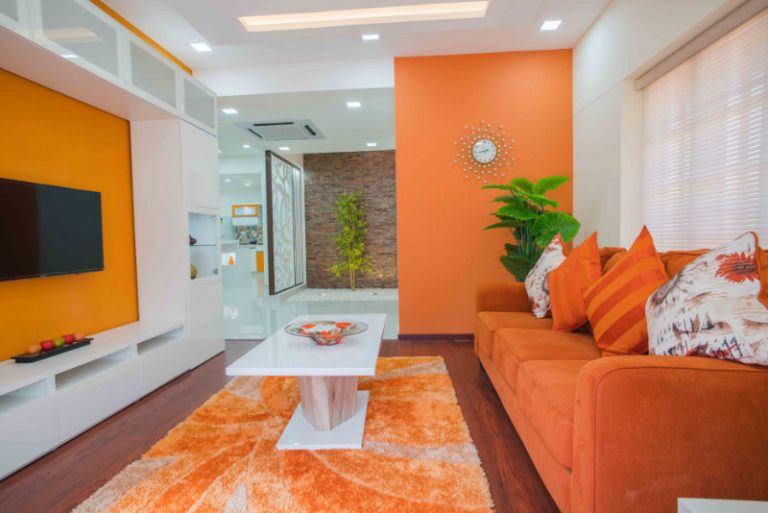Different Colors to Paint the Rooms and their Significance
Post by : favouritehomes
Believe it or not, but a subject is known as color psychology actually exists and deals with the effect of various colors on the human psyche and behavior. Colors have been known to influence our moods and thoughts since ancient days; they affect people in different ways depending on their gender, age, and ethnic background. Color psychology studies have shown that certain colors or groups of colors elicit similar reactions from most people. They are a universal, non-verbal language that humans speak instinctively.
When it comes to decorating your home, you will need to choose your colors carefully, keeping in mind that colors affect the emotional well-being of you and your family in a profound way. They are a tool that can be used to leverage human behavior. For example, studies have shown that colors enhance the effectiveness of placebos in clinical trials with brightly colored red and orange pills being better stimulants.
While choosing colors for your home, forget about current trends and fashions as color trends come and go. It’s the people who will live in that home that’s going to make the house beautiful. Your choices should reflect the preferences and personalities of the people who are going to live in it to make it an emotionally healthy home. The trick to choosing the right color is by first considering the primary function of each room as some colors work better than others at promoting certain activities. You should then decide on a predominant color for the room with not more than three colors in each room or they might make the room look, busy or cluttered up. Colors have the power to affect the shape and size of a room as well as impact on the furnishings. They even have the power to change your mood from tranquility to rage! So when choosing room colors, work on the moods you want them to create.
According to psychologists, colors work in three basic ways, active, passive and neutral. Depending on your personal tastes and the room’s purpose, choose light colors where you want the rooms to look airy, larger and brighter; for a sophisticated warm look, go for dark colors which make large rooms appear more intimate.
Living room
A combination of warm tones like shades of reds, yellows, oranges as well as browns and beige work well in encouraging conversations and forging connections here.
Dining room
Reds and yellows raise the energy level and are great at stimulating appetites and conversation levels informal dining rooms.
Bedroom
This room is primarily for relaxation and should include hues of calming and peaceful colors like green, blue or lavender. The red color is known to increase blood pressure, and breathing and heart rates and should be avoided here.
Green, on the other hand, is supposed to help with fertility, so a great color for the bedroom for young couples.
Kitchen
This is the nerve center of the home where great meals are cooked and great memories are made. Green is the color of comfort and togetherness and is great in the kitchen. Bright and airy yellow also does the trick.
These basic guidelines should be enough to get you started on choosing what’s best for your family’s needs.
 +91-98959 94000
+91-98959 94000 +971 501148100
+971 501148100











